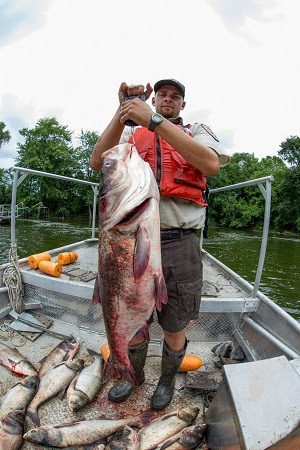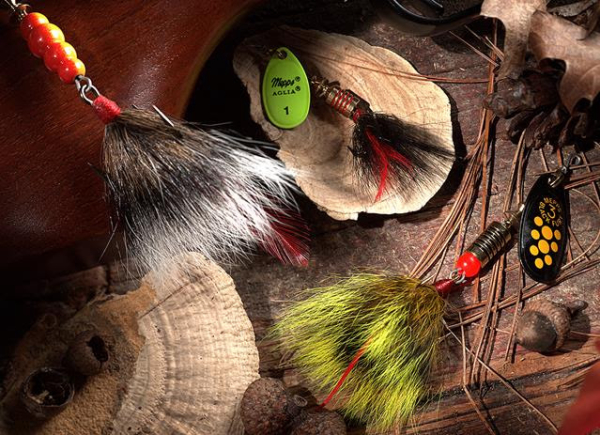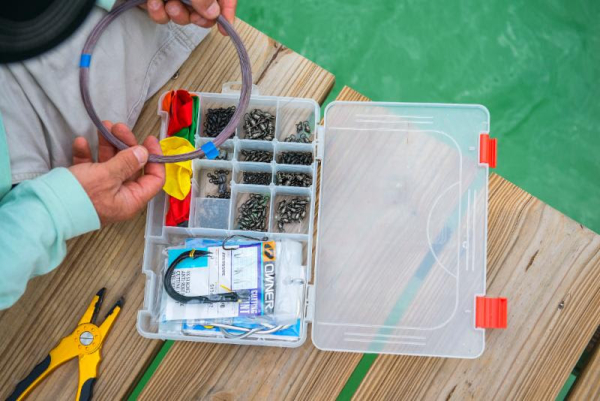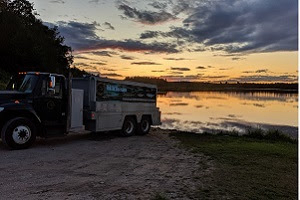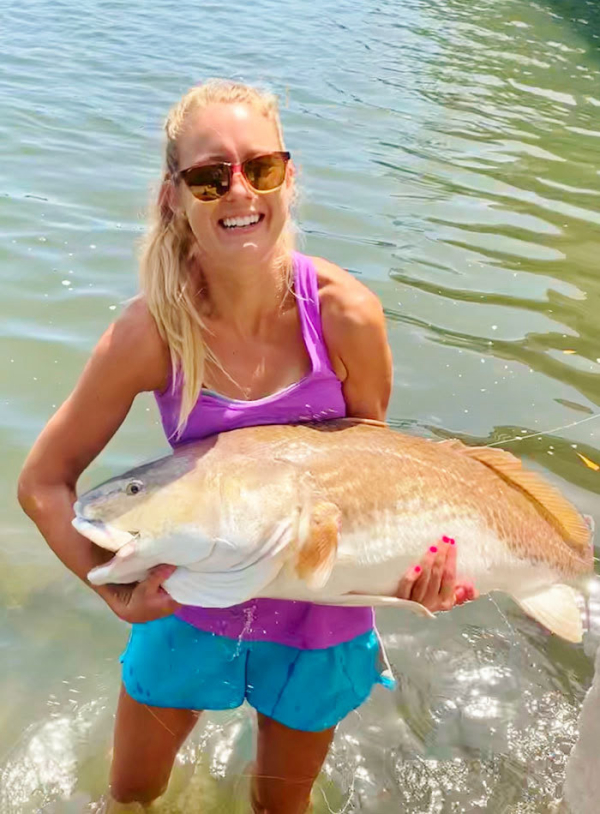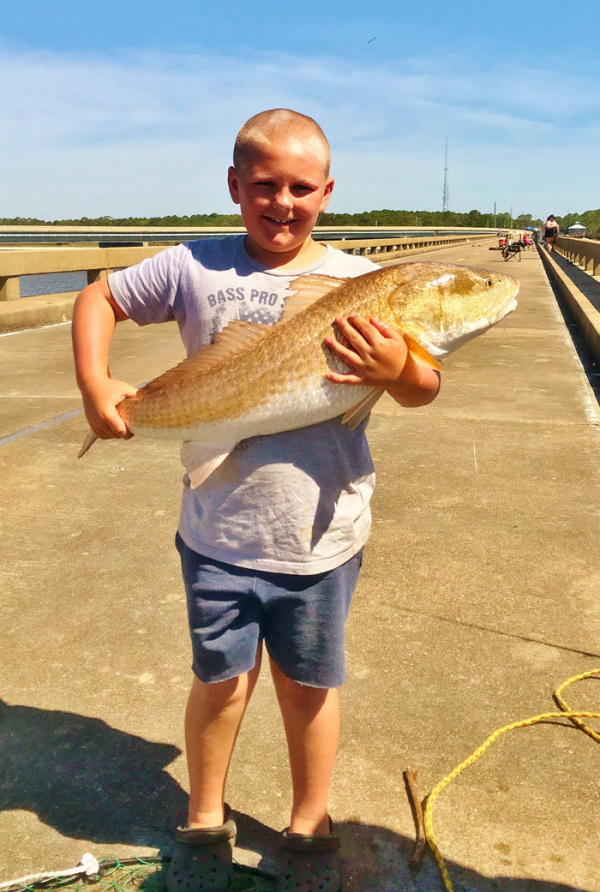Michigan: brook trout daily possession limit still at 10 fish for select Upper Peninsula streams
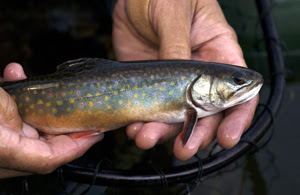
An experimental regulation that allows for 33 streams in the Upper Peninsula to have a 10-fish daily possession limit for brook trout has been extended. This regulation expired Oct. 1 of this year, but was reauthorized by the Michigan Natural Resources Commission at its meeting today in Lansing.
Department of Natural Resources fisheries biologists recommended against reinstituting the 10 brook trout daily possession limit on the select streams because of concerns based on biological and social science.
Select Type 1 streams, which are designated trout streams, in the Upper Peninsula have this regulation. They represent about 8% of the total mileage for Type 1 streams in the U.P. Read more

